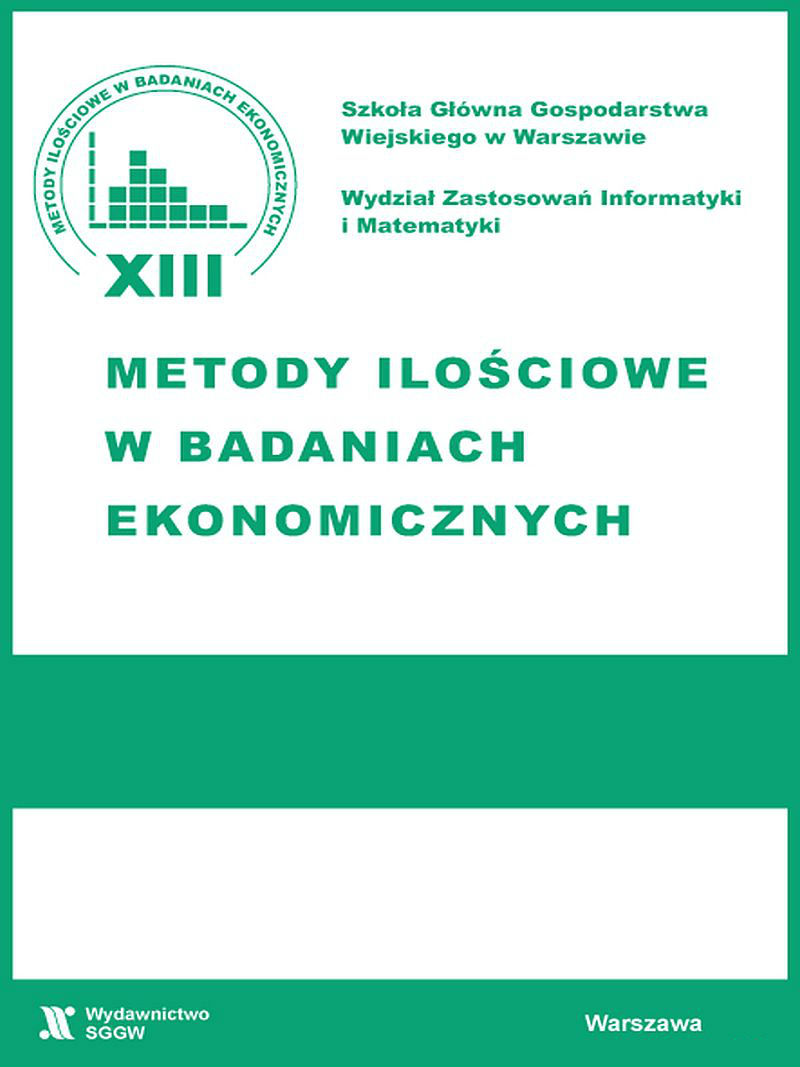ZAGREGOWANA MOBILNOŚĆ A POZIOM NIERÓWNOŚCI PŁACOWYCH
AGGREGATED MOBILITY VS. WAGE INEQUALITY
Author(s): Karol FlisikowskiSubject(s): Economy, Socio-Economic Research
Published by: Szkoła Główna Gospodarstwa Wiejskiego w Warszawie
Keywords: mobility; wage mobility; wage inequality; inequality; general mobility; measures of mobility; intersectoral mobility;
Summary/Abstract: The paper presents a discussion on the relationship between the level of wage inequality and generalized, aggregate wage mobility. The idea is based on the Friedman’s (1962) hypothesis, that among the two populations with equal distributions of income, the country with the highest level of mobility is more egalitarian. Studies on the general concept of inequalities and their impact on mobility performed among others: Burkhauser (1997), Buchinsky, Hunt (1999), Dickens (2000), Cardoso (2006). Very interesting analysis in recent years on this issue is done by Kopczuk, Saez, Song (2010). On the basis of individual data spanning 1937 (in the U.S.) they presented a comprehensive study on the impact of inequality on the level of wage mobility. Inequality of annual wage took a shape of the "U" - curve, dropping sharply in 1953, then tilting upwards. Referring to the pay structure, motility in the upper distribution has proved to be very stable (no significant fluctuations in the 70s of the twentieth century). Research on the relationship of wage mobility - inequality and theories of the "U" - curve have become extremely popular in recent years. This paper tries to verify research in this area with the use of the new approach - mobility measured with the highly aggregated data (intersectoral mobility).
Journal: Metody Ilościowe w Badaniach Ekonomicznych
- Issue Year: XV/2014
- Issue No: 3
- Page Range: 42-52
- Page Count: 11
- Language: Polish

